We have had the busiest year of all time as the passion for perennial vegetables has grown. We expanded into our huge new polytunnel back in May and have been propagating and diversifying what we do, so we can begin to offer you more plants and seeds for your perennial vegetable garden. Below are some pics of our flourishing perennial plant nursery and outdoor space at Baddaford farm, ten minutes from our main site in Ashburton. Plants are waiting to go off to their new homes and a nice pic of Yacon and Dwarf Jerusalem artichokes growing out in the field back in October.

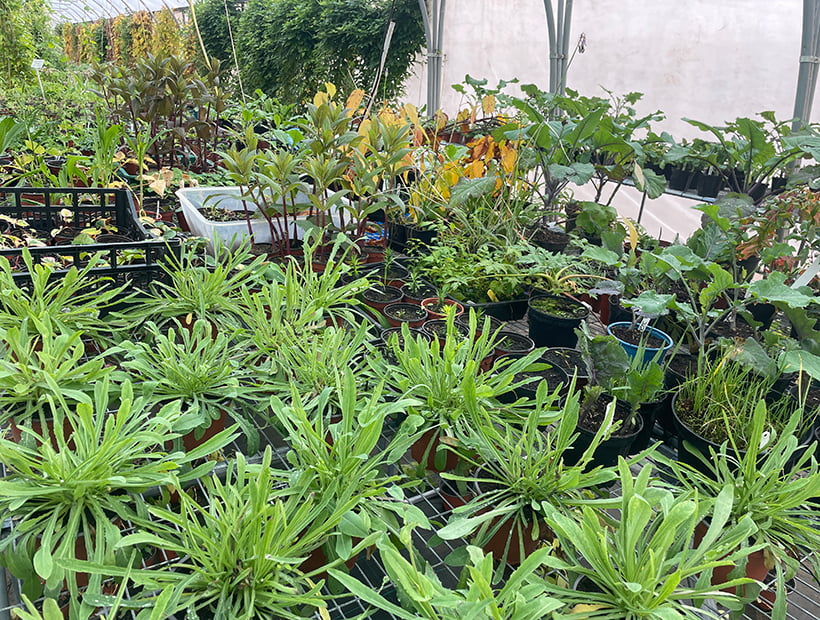

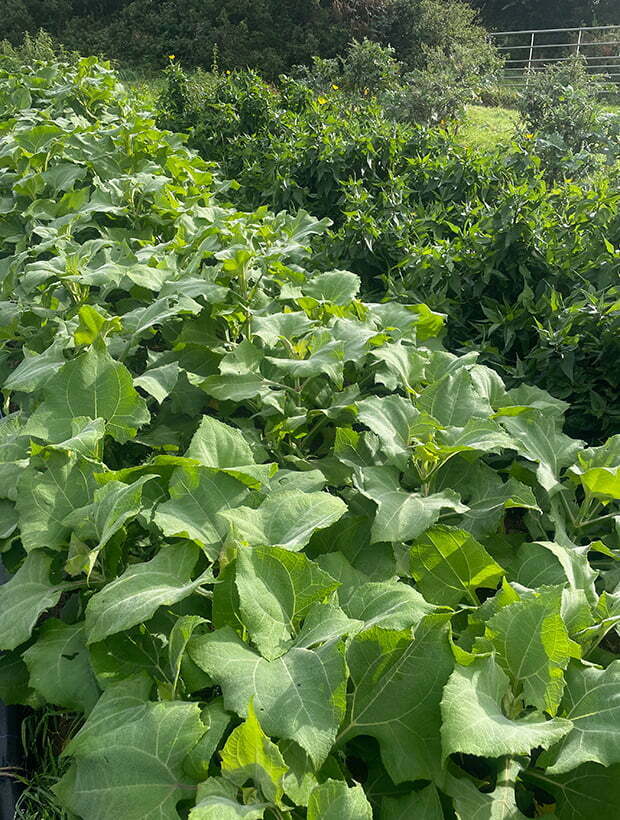
Apios americana (Hopniss) project
We have been working with 40 varieties of Apios americana (Hopniss) this year, trialling the plants and attempting to produce seed pods as well as tubers. To get seed pods, you really need a population of leaf cutter bees as they have the right weight and anatomy to ‘trip’ the flowers to allow insects to access the stigma. We ended up trying to do this by hand, but despite our best efforts we didn’t get any to set seed. However, the plants have flourished in the warmth of the tunnel and our main crop have produced fabulous yields. An exciting development is a collaboration with researchers at the University of Aberdeen who have been doing in depth analysis of the tubers and leaves and nutritional profile for humans as well as its potential as an animal fodder crop. Some of our collection will be sent off for analysis and also form part of further trials.
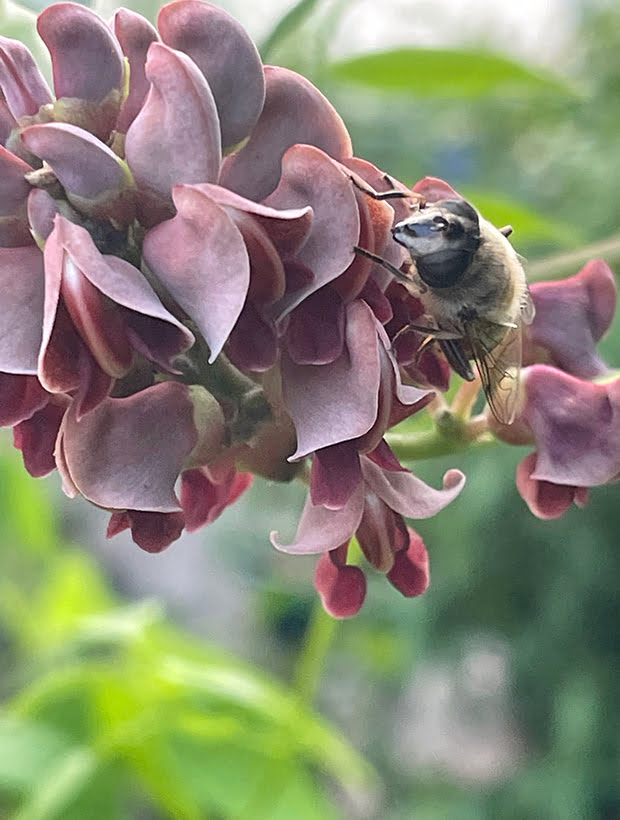
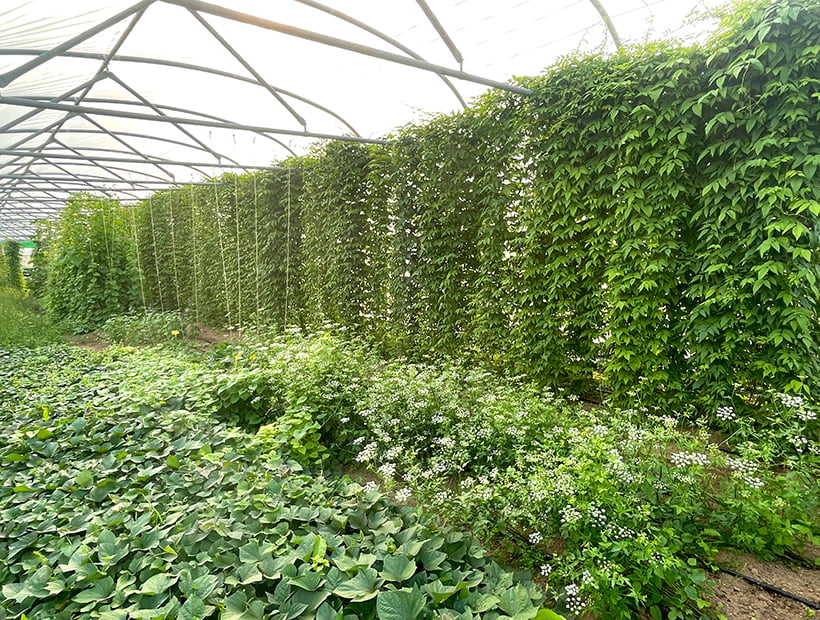
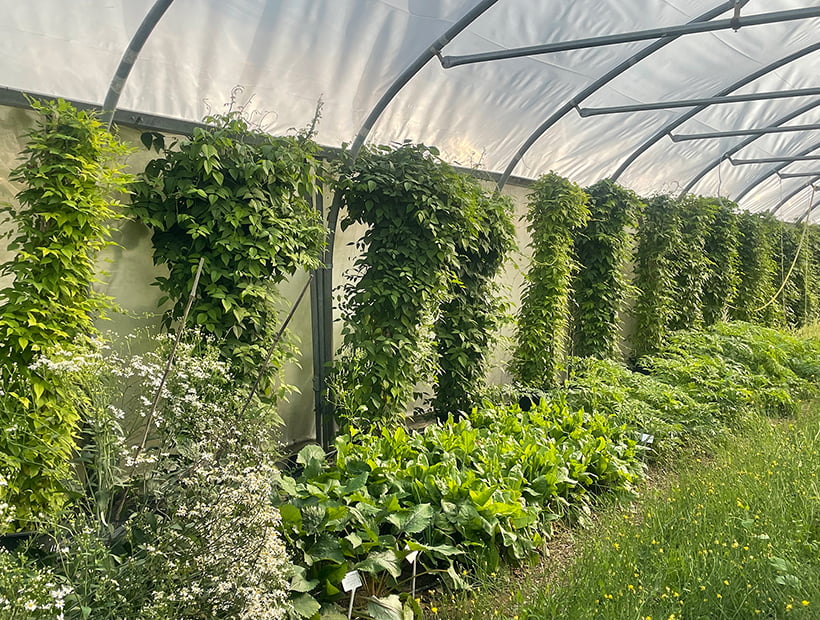



Seed production projects
Seed production is underway for Aster scaber ( Doellingeria scabra ) or Chwinamul a Korean fragrant leaf used as a side or wrapping vegetable. A very beautiful edible ornamental plant. Seed is being dried and tested so we can offer it in the spring. Reichardia picroides – we had a fantastic harvest of seed this year of this delicious perennial salad leaf. Hardy perennial Turkish rocket (Bunias orientalis) seeds will be ready in summer 2022. Plants can be used for their tasty florets which are like mini broccolis as well as young spring leaves. We have a bed of Scots Lovage and a small amount of seed will be available in the new year – lovely flavour like a strong parsley and useful in the kitchen. Seombadi – Dystaenia takesimana, giant perennial celery, we have a huge number of plants growing which should produce an abundance of seed next summer. Leaves have a nice earthy celery flavour and can be used in soups and stews.





Other plants we have been trying out this year
Perennial buckwheat (Fagopyrum cymosum (F.dibotrys) a useful perennial plant, leaves are rich in rutin and can be cooked like spinach. Although foliage is frost tender, root systems are very hardy so plants will emerge again with the warmth of spring. Canadian perennial lettuce Lactuca canadensis, this is a short lived perennial flowering in its 3rd year and the peeled flower stalk can be used a bit like a romaine lettuce. We are yet to find out its longevity but will be watching its progress and save seeds from the best plants. Elatostemma umbellatum this plant is eaten as a wild vegetable in Japan, it loves a shady moist spot and propagates itself by purple bulbils which drop to the ground. A member of the urticaceae family that doesn’t sting. We are propagating lots of these so we have more in stock in 2022. Myoga ginger is a hardy perennial ginger – young emerging flower buds are eaten in Japan & Korea and give a zesty ginger flavour to dishes. We will be growing these on to make divisions next year and add them to our range. Scurvy grass Cochlearia officinalis – strong mustardy flavour with the added benefit of vitamin C, this used to be taken on long voyages by sailors to stave off scurvy, it makes a nice addition to salads.
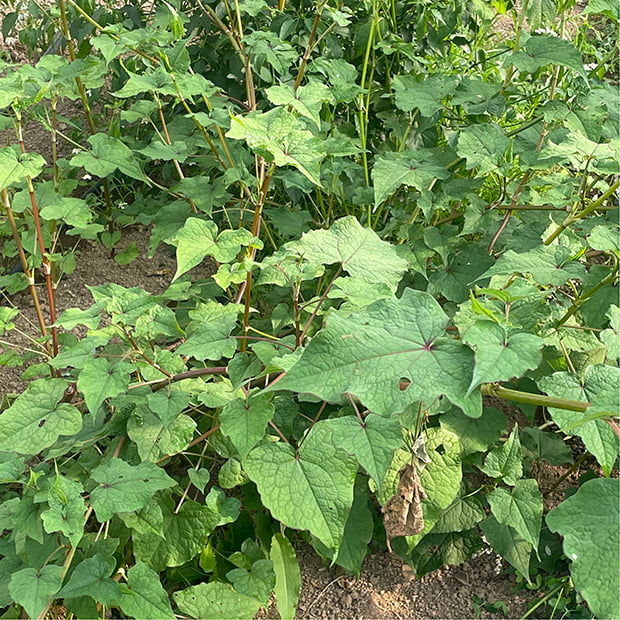

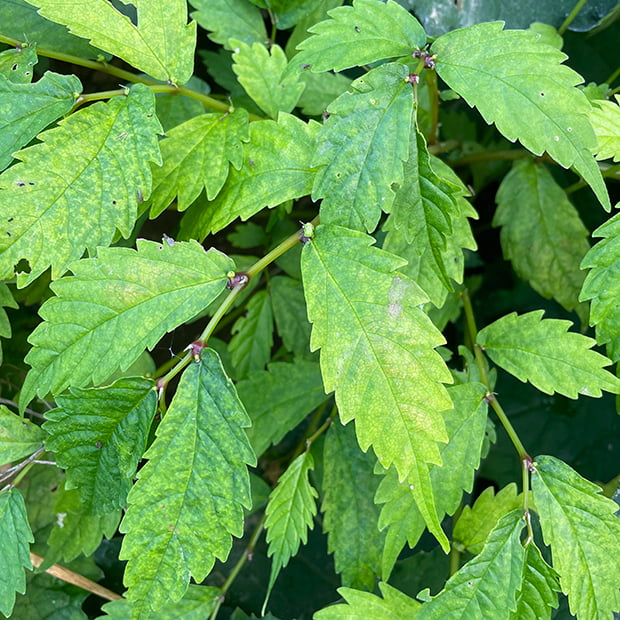

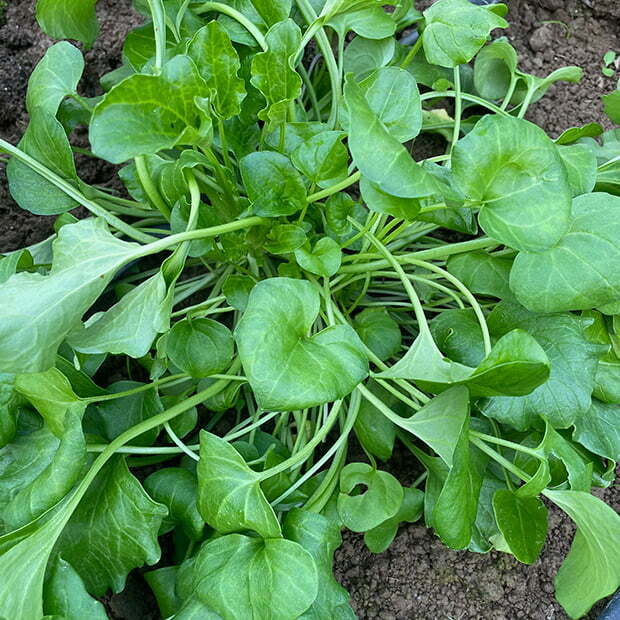
Frost tender perennials and other additions
This year we experimented with Chayote (Sechium edule) a curcubit – we managed to produce 6 ripe fruits ( harvested in December) which is a quite a result considering they weren’t planted until June this year. Fruits can be treated like a summer squash and are very tasty. The vines were rampant growing over 4m tall – leaves, stem, root and seeds are all edible too. If we can overwinter the root system, we should get new vines appearing in the spring. Chufa ( Cyperus esculentus var. sativus) a decent harvest of tubers aided by drip irrigation as they love the soil to be constantly moist. They are rich in starch, sugar, and fat and have a nutty flavour. Flour and oil can also be obtained from the tubers. Melothria pendula a relative of the more well known Mouse melon Melothria scabra produces small green fruits and has potential as a perennial cucumber as the root systems can survive if fairly protected. Pigeon pea Cajanus cajan a frost tender perennial legume, used to to make dishes like Tur dal in India. The task ahead is to keep them alive over winter in the hope that they may flower and produce seed pods next year. What we really need are some Northern adapted types which will flower in a much shorter period before the frosts hit. ( That is plan B!). Last but not least is Talinum paniculatum, living its life under a pile of fleece at the moment. This is sometimes known as Florida spinach and a relative of purslane. Will it make it through the winter? Seeds have been saved and cuttings ensconced on the living room window sill just in case, so we can resurrect it next year if it doesn’t make it!



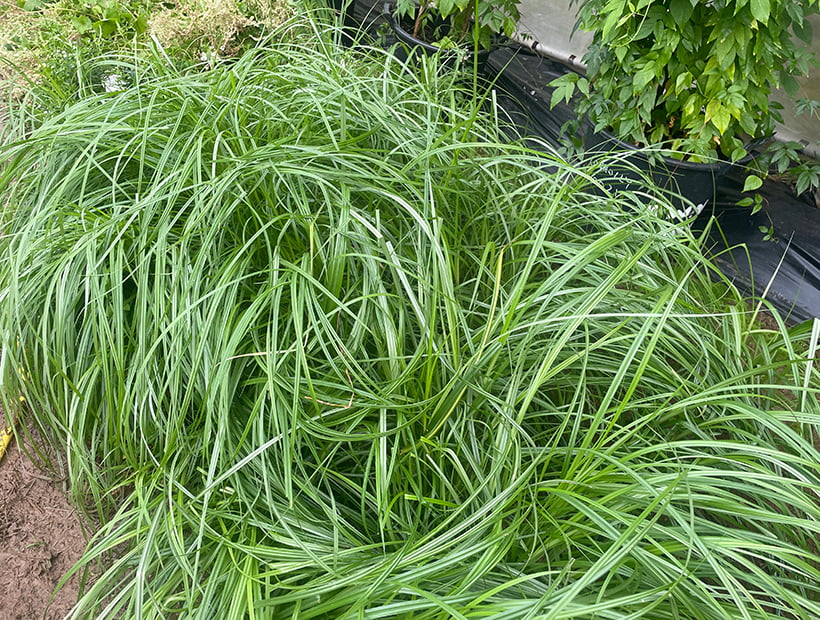
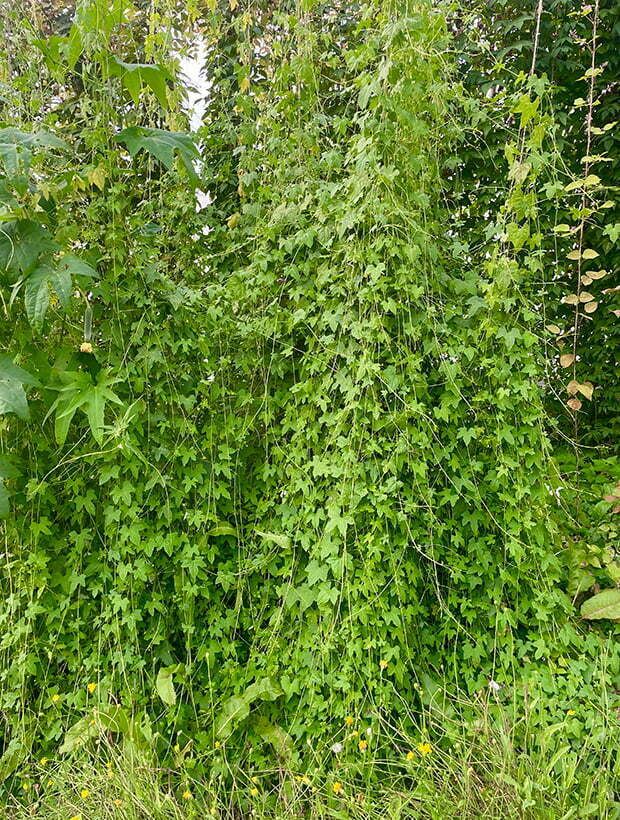
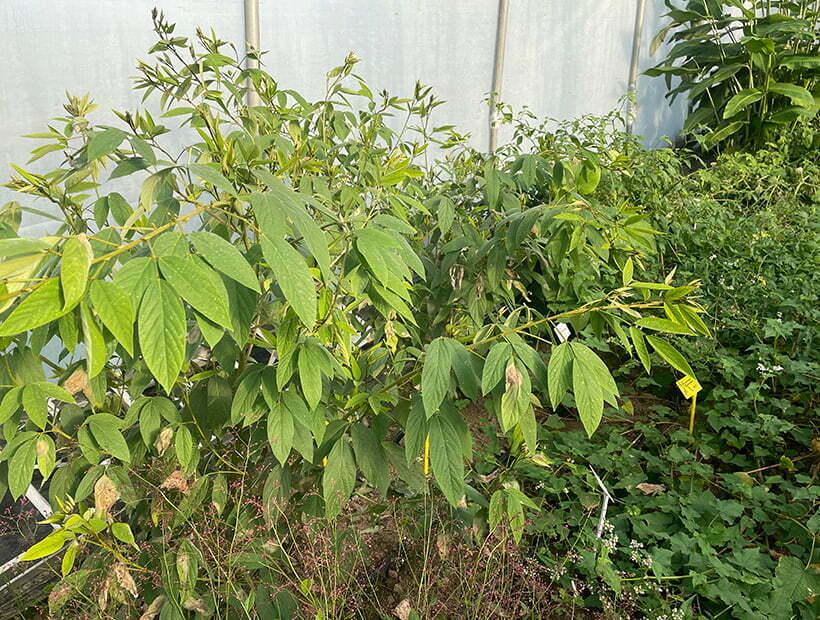
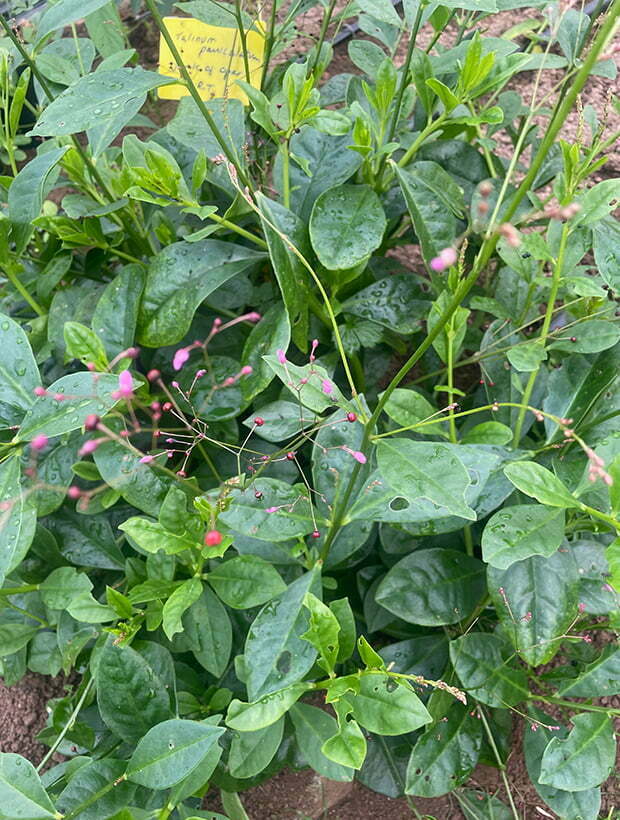
Lots more plants and seeds in the piepline for next year.
